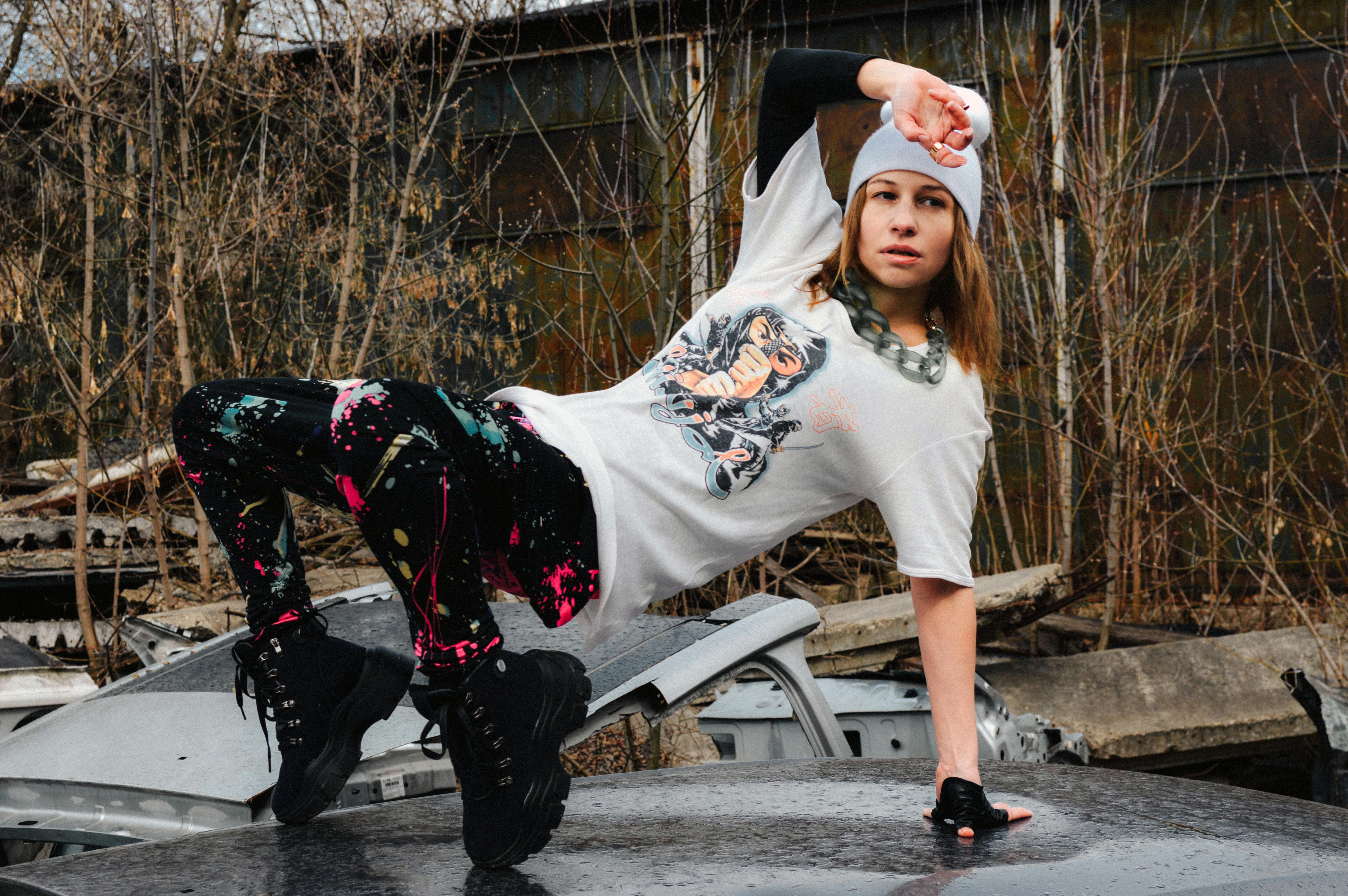
The history of Coventry-Eagle motorcycles
Coventry Eagle started in 1890 as Hotchkiss, Mayo & Meek, but changed their name to Coventry Eagle in 1897 when John Meek left the company. In 1898, they also began experimenting with motorized vehicles and by 1899, motorcycle production had begun.
The bikes were built by hand and carefully finished, and they proved to be reliable. By World War I, the range had expanded to include a 269cc lightweight two-speed Villiers, a 3.5-hp single engine, and a 5-hp three-speed V-twin.
Production was hampered during the war, but in 1919 production resumed and, with Mayo’s guidance, began to build highly attractive machines.
In the early 1920s, the lineup was split and changed based on the engines available at the time and the company switched between Abingdon, JAP, King Dick, and Villiers engines.
In 1925, the two-stroke engine was expanded to a 175cc Aza with a two-speed Albion gearbox. But then two strokes in total were ruled out for a couple of seasons as the company concentrated on a wide range of four strokes in single and twin forms and even with sidecar sets.
In 1928, the four-stroke policy only ended with the arrival of Villiers dual-port supercar engines in 147cc, 172cc, and 172cc dual-port supercar forms. The company also began using pressed sheet steel forks, and although this was common in Europe, Coventry Eagle was the first major British company to use this method, a move that proved very successful over the next decade.
Coventry Eagle hit the formula right with perhaps the most iconic bike of its time, the ‘Flying 8’. This was a development of the JAP V-twin, and initially used the 976cc side valve engine, although a 50 ° 980cc OHV version advanced for the 1926 season, with heavy duty Webb beam front forks and Royal brakes. The 8-inch Enfield on both wheels weighed 395 pounds and had a 59-inch wheelbase.
The Flying 8 had a round, tapered fuel tank, and it looked a lot like the Brough Superior from the same period. This is not surprising as George Brough and Percy Mayo spent some time together towards the end of World War I discussing the type of motorcycle they would like to make when hostilities ended and found their tastes to be remarkably similar. It had a guaranteed top speed of 80 mph and when fitted with a Jardine gearbox it wasn’t cheap and the OHV Flying 8 was the second most expensive motorcycle on the market at the time.
In 1928, the Flying 8 was equipped with electric dynamometric lighting, phantom silencers and a steering damper, and this version was considered one of the most attractive British bikes on the market.
When the world economy collapsed in the 1930s, the Coventry Eagle was forced to change course and concentrated on the two-stroke light hitters “bread and butter.” The last OHV Flying 8 left the factory in 1930 and the last side valve model the following year. Coventry Eagle continued to make bicycles until the outbreak of World War II and listed a range for 1940, but very few were built after hostilities began.
In 1931, the twins were abandoned and production of two hits continued for a few years. Many of the models were stylish and distinctive with large exhaust systems, as on the ‘Silent Superb’. The most basic model was the 98cc ‘Marvel’. Other models were the ‘Wonder’ and ‘Eclipse’ and most were on a pressed steel frame.
The ‘Pullman’ arrived in 1935 with a new type of pressed steel frame with mechanical enclosure and rear wheel. The rear suspension was controlled by leaf springs that ran along the sides of the frame.
In 1937, the four-stroke single returned, using Matchless engines in three sizes. These, plus a two-hit variety, ran through the end of the decade.
In 1940, production, which was drastically reduced because of the war, soon ceased and was never resumed.